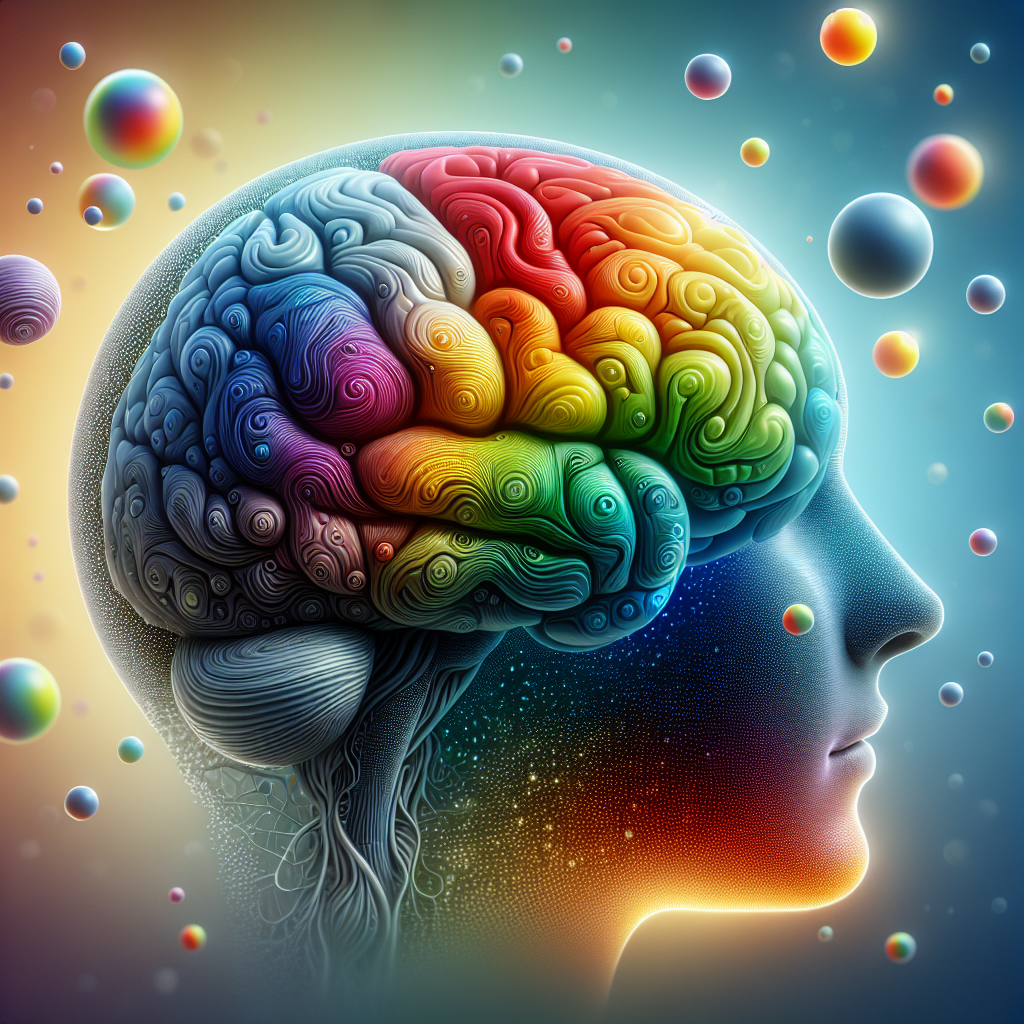Color plays a significant role in our lives, influencing our mood, behavior, and decisions. Different colors can evoke various emotions and feelings, making them powerful tools in marketing, design, and even daily life. Understanding the psychology of color can help you create spaces, products, and experiences that resonate with people on a deeper level. In this article, we will explore how different color schemes can affect your mood and why certain colors evoke specific responses.
The Psychological Impact of Colors
Colors are deeply ingrained in our daily experiences, shaping how we perceive the world around us. Each color carries its own set of associations and meanings, which can influence our thoughts and emotions. For example, red is often associated with passion, energy, and excitement, while blue is linked to calmness, trust, and stability.
Psychologists have long studied the effects of colors on human behavior, with numerous research studies highlighting the power of color in influencing our mood and cognitive processes. These studies have shown that color can impact our perception of time, space, and even taste, demonstrating the immense influence that colors have on our daily lives.
How Different Colors Affect Your Mood
Let’s delve into the specifics of how different colors can affect your mood and emotions:
1. Red:
Red is a powerful and attention-grabbing color that is often associated with passion, energy, and excitement. It can increase heart rate and blood pressure, making it a stimulating color that can evoke strong emotions. Red is often used in marketing to convey a sense of urgency or to grab people’s attention.
2. Blue:
Blue is a calming and tranquil color that is known to reduce stress and promote relaxation. It is often associated with trust, dependability, and stability, making it a popular choice for corporate branding and healthcare environments. Blue has been shown to lower blood pressure and heart rate, making it an excellent choice for spaces where people need to unwind and destress.
3. Green:
Green is a color associated with nature, growth, and harmony. It is known to promote feelings of calmness and balance, making it a popular choice for environments that aim to create a sense of tranquility and peace. Green has also been linked to increased creativity and productivity, making it a great color for workspaces and creative endeavors.
4. Yellow:
Yellow is a cheerful and optimistic color that is known to increase feelings of happiness and positivity. It can be an energizing color that promotes creativity and innovation, making it a great choice for spaces where people need to feel inspired and motivated. Yellow is often used in marketing to convey a sense of warmth and friendliness.
5. Purple:
Purple is a color associated with royalty, luxury, and creativity. It is often linked to feelings of sophistication and elegance, making it a popular choice for upscale brands and products. Purple can also promote a sense of mystery and intrigue, making it a great choice for creative projects and artistic endeavors.
6. Orange:
Orange is a vibrant and energetic color that is known to stimulate appetite and promote feelings of excitement. It can be a powerful color that evokes warmth and enthusiasm, making it a popular choice for food brands and advertising. Orange is also associated with creativity and innovation, making it a great choice for creative projects and design work.
Conclusion
Color has a profound impact on our mood and emotions, influencing how we perceive the world around us. By understanding the psychology of color, you can create spaces, products, and experiences that resonate with people on a deeper level. Whether you are designing a room, creating a brand, or marketing a product, consider the emotional impact of color and how it can enhance the overall experience for your audience.
FAQs
Q: Can color affect our productivity?
A: Yes, different colors can impact our productivity and focus. For example, blue and green are known to promote relaxation and concentration, while red and yellow can stimulate creativity and energy.
Q: What is the best color for a bedroom?
A: Blue and green are excellent choices for a bedroom, as they promote relaxation and calmness. These colors can help you unwind and destress after a long day.
Q: How can I use color to improve my mood?
A: You can use color strategically in your environment to improve your mood. For example, surround yourself with calming colors like blue and green to promote relaxation, or incorporate energizing colors like red and yellow to boost creativity and motivation.
TIP
When choosing colors for your space or project, consider the emotional impact you want to achieve. Choose colors that resonate with your audience and evoke the desired mood and feelings. Experiment with different color combinations to create a harmonious and impactful environment that enhances the overall experience for individuals.
#Psychology #Color #Color #Schemes #Affect #Mood
